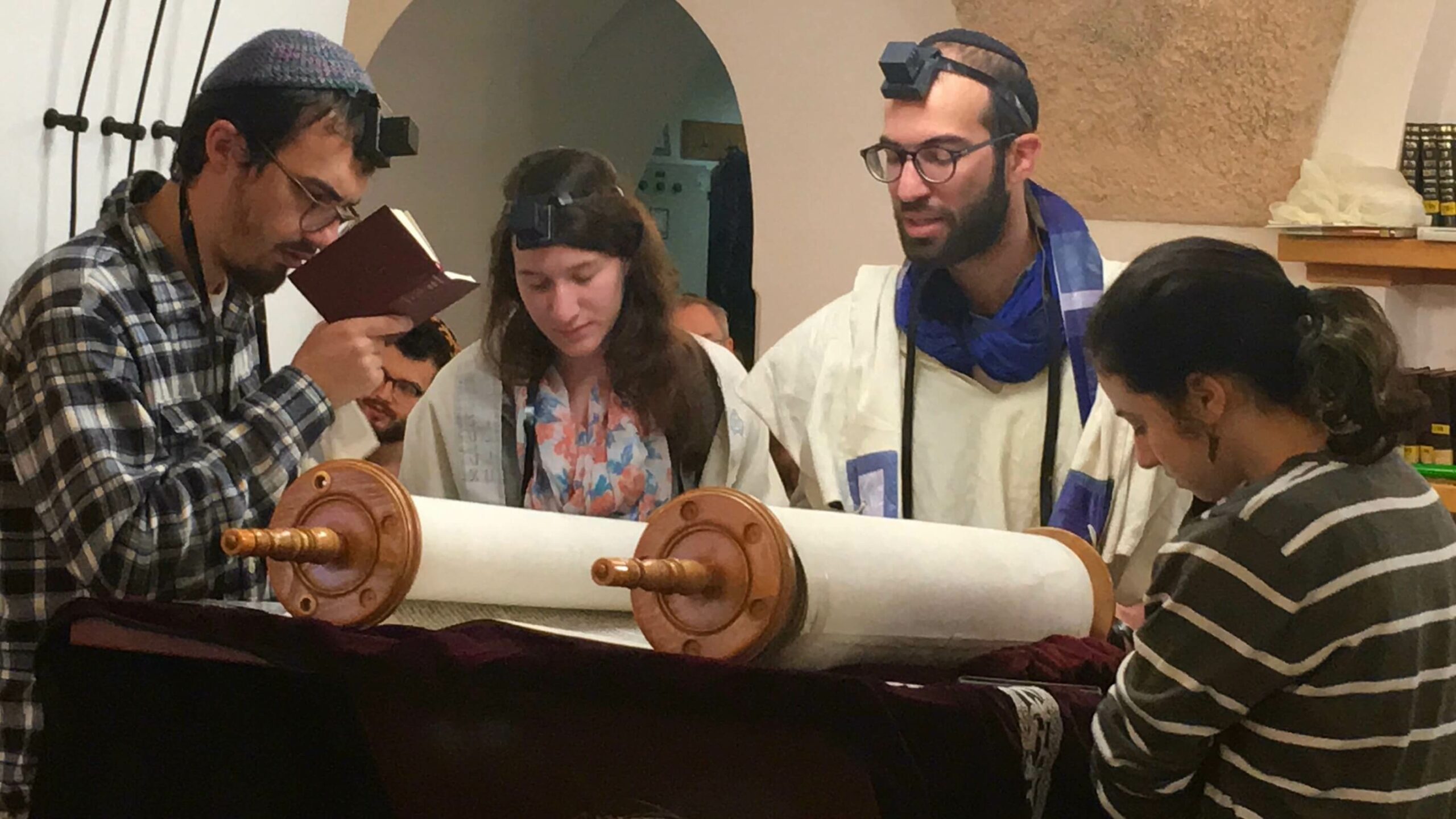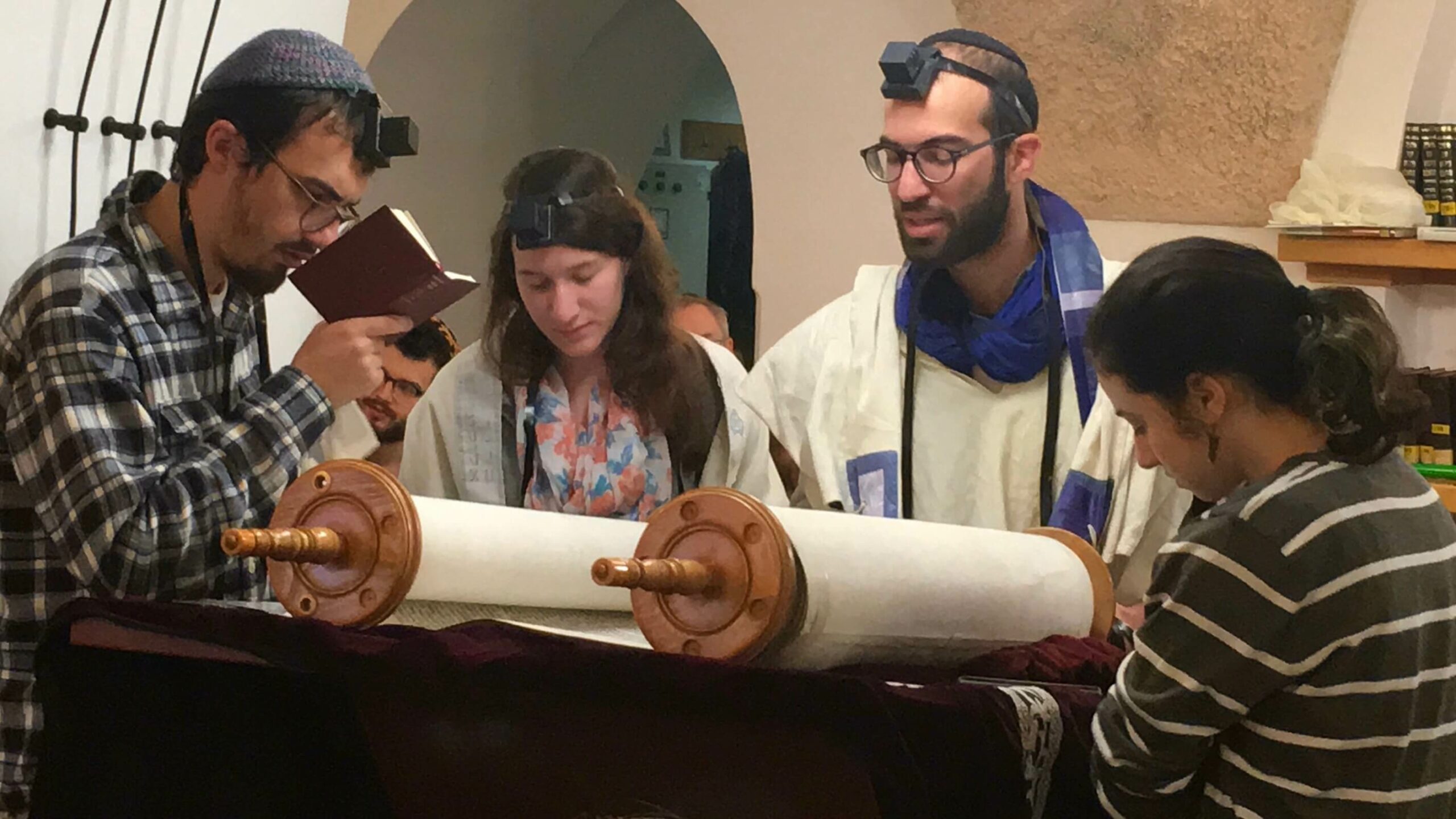
In every generation, a person is obligated to see himself as if he left Egypt, as it is stated (Shemot 13:8); “For the sake of this, did the Lord do [this] for me in my going out of Egypt.” Not only our ancestors did the Holy One, blessed be He, redeem, but rather also us [together] with them did He redeem, as it is stated (Devarim 6:23); “And He took us out from there, in order to bring us in, to give us the land He promised on oath to our ancestors”” (Pesah Haggadah).
I love the Pesah seder, and so do most North American Jews. At a time of widespread disengagement from institutional Jewish life, The Pew Forum’s A Portrait of American Jews found that 70% of Jews participated in a Pesah seder, a number that far exceeds participation in any other Jewish ritual (by comparison, only 53% fast on Yom Kippur, and only 23% regularly light Shabbat candles).
Many reasons are given for why the Pesah seder is so widely observed, yet the most satisfying one for me is that the Pesah Seder allows for maximal creativity to fulfill the obligation. If a person attends a seder that lasts for ten hours and pours over every detail of the Haggadah, he or she has fulfilled the obligation, yet so has a person who attended a one hour seder that simply explained the Pesah story and the meaning of everything at the table. At a time when we need more people engaged in Jewish life, the Pesah seder’s flexibility creates a level playing field to bring more people into Jewish life.
In his version of the Haggadah, Maimonides has a subtle, but incredibly important, variation on the famous command of the Haggadah text that “In every generation, a person is obligated to see himself as he left Egypt.” Here is a side-by-side comparison:
| Traditional Version | Maimonidean Version |
| In every generation, a person is obligated to see himself as if he left Egypt… | And in every generation, a person is obligated to show himself as if he left Egypt… |





